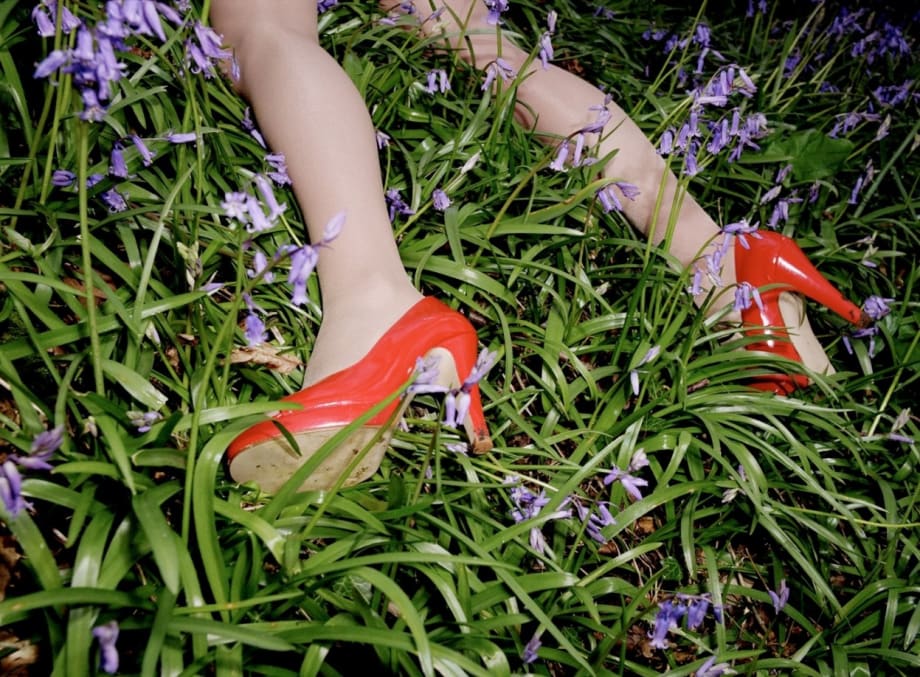PHOTO LONDON 2023
LOCATION: Centre for British Photography Booth W04 & W05
DATE: Saturday 13th May
TIME: 2:00 pm - 3:00 pm
Sites of horror, be they buildings, towns or landscapes, carry their difficult pasts forward. Mnemonic vestiges (like ruins and mounds), word-of-mouth stories, tours, books, paintings and films all contribute to the making of a myth. And while terrifying fact gradually shifts towards more innocuous folklore, perhaps a sinister undercurrent remains more present than one can fully know.
For Anna Fox and Alison Goldfrapp, growing up in and around the town of Alton in the 1970s, a lingering chill hung over Flood Meadows, a bucolic corner of rural Hampshire. The legacy of the gruesome 1867 murder and dismemberment of eight-year-old Fanny Adams, whose body parts were gradually found scattered across the meadows, lingered on – over one hundred years later – in a current threat of violence, in the adolescent fights and misogyny all around them.
We sense a set-up where chocolate-box prettiness hides a much darker tone of aggression. Growing up in the town it was impossible not to know the Fanny Adams story – a Brothers Grimm fairytale based entirely in reality. Alison’s childhood bedroom looked out across the pastoral meadows and she would find her way out of the back of the garden, through hedges and under a large yew tree, to play there.
Anna and Alison met in and around Alton in the early 1980s, hanging out at Chawton House, where Anna was living. At that time, the vast Elizabethan mansion – creaking with Jane Austen associations – had become a kind of paying commune with no defined private spaces, the site of creative activity and dialogue for younger people in the area. It was here in the early 1980s that Anna, then at art school, first photographed Alison in some light-hearted poses.
While never intended as a literal reference, looking back Anna and Alison were clearly affected by the menacing echo of Fanny Adams in their clinical, sometimes dehumanised close- cropped vignettes of isolated legs, hair and other ambiguous bodily features, without face or other obvious signs of pulsing life. Alison remembers: ‘The tights have a sheen to them, I wanted the legs to look shiny, kinda hyperreal. I wanted the whole body to be like a broken doll or shop mannequin. Nude, smooth and fake.’
The overwhelming sense that life in those leafy lanes was an anachronistic, conscious pretence, perpetuated by a community hanging onto a past that perhaps never really was, is explored in the earliest portraits of Alison dressed irreverently in her mother’s clothes from the 1950s and 60s. From this upright start the two moved on to picture Alison discarding her clothes, roaming the woods, bare-bodied, creating spinning dances to ward off dangerous cows, and, finally, to the series of deathly poses in bluebells, pick-up trucks, fields and rivers.
Anna Fox says: ‘It was a kind of exorcism – I felt we were getting back at the countryside. The 1970s and 80s were not nice for young women stuck in villages or isolated hamlets. No internet and little public transport meant you rarely saw anyone to confess to. And once you were old enough to go out in the small town you felt the brunt of Friday-and- Saturday-night male violence every single weekend.’

